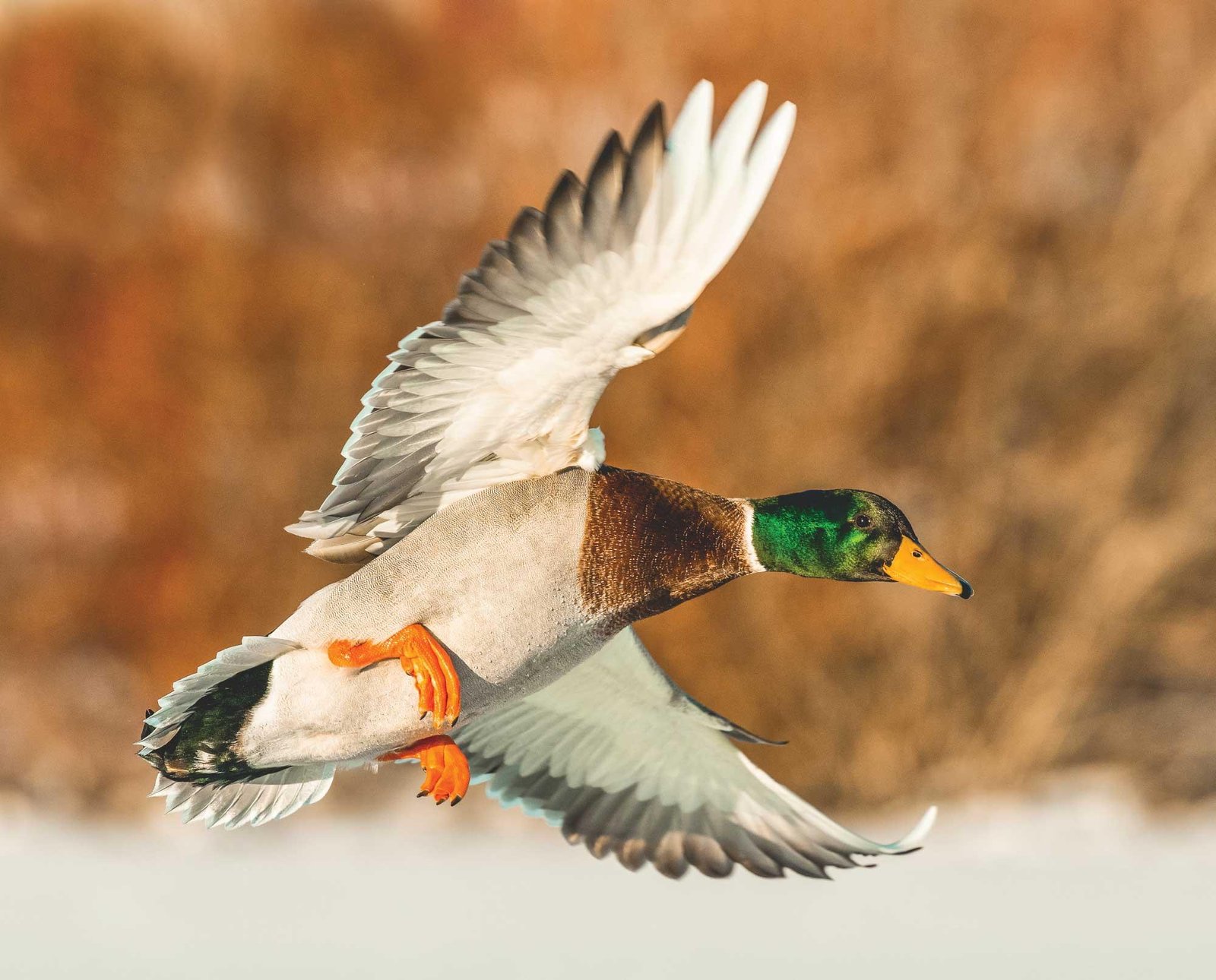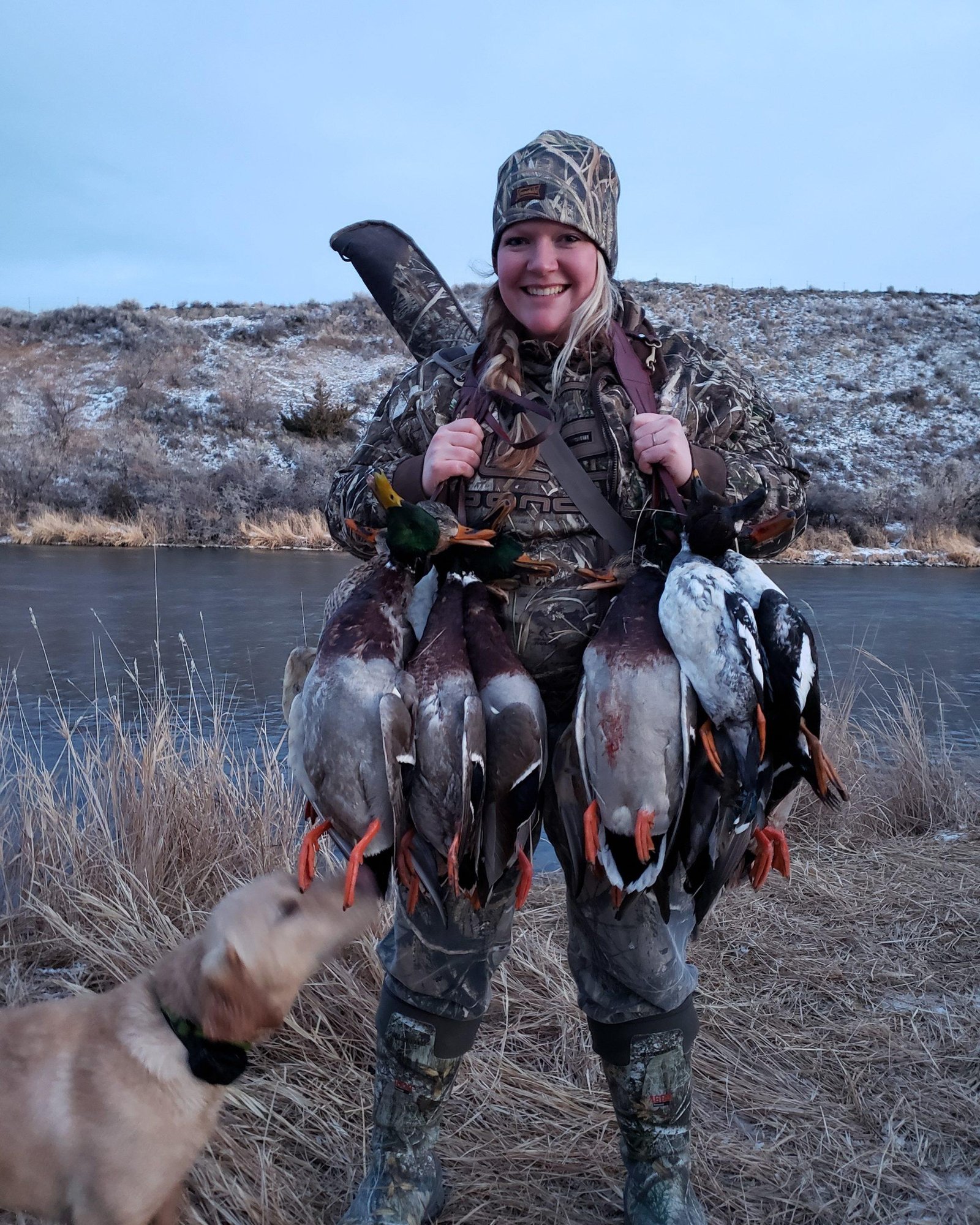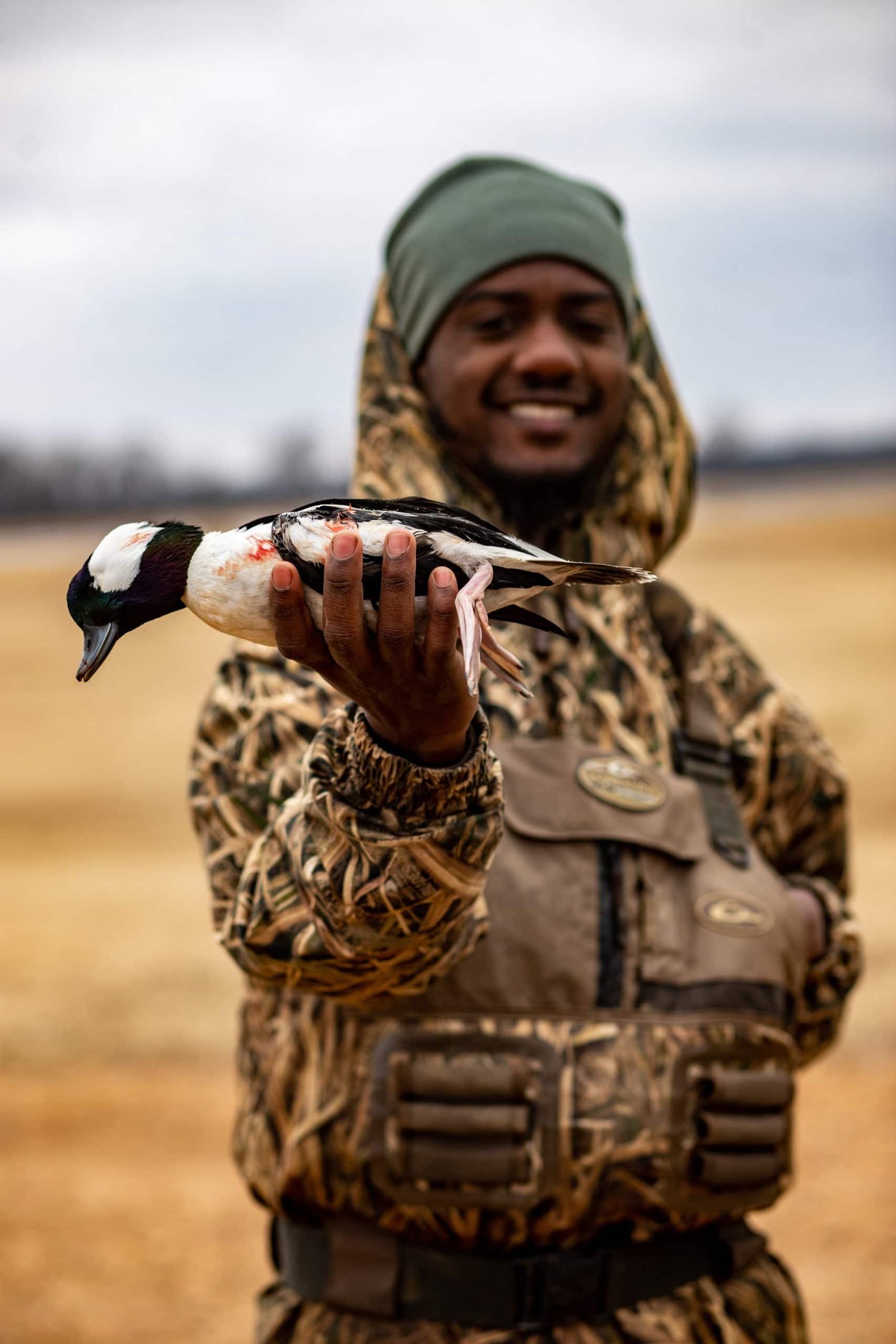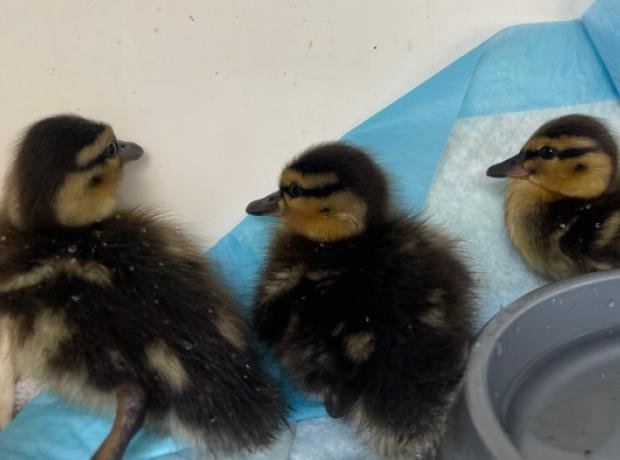Essential Skills for Duck Hunting: Master the Marsh with Confidence
Picture this: the sun barely peeking over the horizon, casting a golden glow across tranquil waters, as the soft rustle of feathers echoes in the distance. It’s the dawn of a perfect duck hunting day. For many, this isn’t just a pastime; it’s a cherished tradition that brings friends and families together, deepening bonds over shared adventures and laughter. Whether you’re a first-time hunter or a seasoned pro looking to sharpen your skills, there’s always something new to learn in the world of duck hunting. In this article, we’ll explore the essential skills you’ll need to become a successful hunter—skills that not only enhance your chances of bagging that coveted mallard but also ensure you respect and enjoy the stunning environment around you. So grab your waders, pack your gear, and let’s dive into the art of hunting ducks with confidence and camaraderie!
Mastering the Art of Camouflage and Concealment
Effective duck hunting relies heavily on the ability to blend into the surroundings. This is where choosing the right gear and utilizing natural materials can make all the difference. Incorporating natural elements such as branches, leaves, and grasses into your setup will help you break up your silhouette and create a more authentic blind. Additionally, consider using lightweight, waterproof fabrics in earthy tones that match the environment, allowing you to maintain comfort while ensuring maximum concealment. Regularly scouting the location for seasonal changes will also keep you one step ahead, as the environment can shift dramatically depending on the time of year.
Another crucial technique is mastering movement control. Ducks are incredibly perceptive creatures, and any sudden or unnecessary motions could alert them to your presence. To enhance your stealth, practice moving slowly and deliberately when setting up your blind or adjusting your gear. Here are a few tips for movement control:
- Use gear bags that minimize noise when accessing your equipment.
- Practice low-profile movements to stay within your hiding spot.
- Stay low while calling to avoid drawing attention.

Choosing the Right Gear for Success in the Field
When it comes to duck hunting, having the right gear can make a significant difference in your success and enjoyment. Start by investing in high-quality waders that keep you dry and comfortable while navigating wet terrain. Additionally, consider a well-fitted camouflage jacket to help you blend in with the environment, as ducks are notorious for having keen eyesight. Your choice of footwear is also essential; insulated rubber boots provide warmth and traction, ensuring that you can move stealthily through muddy conditions without compromising your comfort. Other vital pieces of equipment include:
- Waterfowl Call: Mastering a reliable duck call can set you apart, attracting the birds within shooting range.
- Decoys: A realistic spread can entice ducks closer, so choose a variety of species for optimal results.
- Firearm: Ensure your shotgun is suited for duck hunting, typically a 12 or 20 gauge, along with appropriate ammunition.
To further enhance your hunting experience, consider the following equipment features:
| Item | Feature | Benefit |
|---|---|---|
| Binoculars | Waterproof and fog proof | Clear visibility in all conditions |
| Backpack | Multiple compartments | Organized storage for gear |
| First Aid Kit | Compact and lightweight | Ready for emergencies in the field |
By carefully selecting each piece of equipment, you not only increase your chances of success but also enhance your overall hunting experience. Investing in durable and functional gear tailored to your unique needs will allow you to focus on the hunt while ensuring your comfort and safety in the great outdoors.
Perfecting Your Calling Techniques for Maximum Attraction
Mastering the art of calling ducks is essential for any successful hunt. The right techniques can draw birds in closer, making the difference between an empty day and a bountiful harvest. Start by choosing the *appropriate call for your situation*, whether it be a mallard call, a pintail whistle, or a goose honker. Focus on mastering a variety of sounds that mimic duck communication, including:
- Quacking: Used mainly by female ducks to signal their presence.
- Feeding calls: To imitate ducks foraging and attract nearby flocks.
- Greeting calls: Perfect for bringing in birds during initial calls.
Practice makes perfect, so spend time honing your skills both on and off the water. It’s important not to overdo it; timing and rhythm are key. Also, consider the conditions, as the wind and weather can affect how sound carries. Setting up your decoys in a way that anticipates the incoming ducks will also enhance their response to your calls. Effective decoy placement includes:
| Decoy Position | Description |
|---|---|
| V-Formation | Creates a natural look, encouraging ducks to land. |
| Cluster | Simulates a social group, attracting curious birds. |
| Open Water | Leaves space for incoming ducks to land comfortably. |

Understanding Waterfowl Behavior for Strategic Hunting
To enhance your success in duck hunting, it’s crucial to develop a keen understanding of waterfowl behavior. Ducks are influenced by various factors, including weather conditions, time of day, and seasonal migrations. By observing their habits, you can better predict their movements and target your hunting spots effectively. Here are some key behaviors to watch for:
- Feeding Patterns: Ducks often feed at specific times and locations, which can vary according to the availability of food sources.
- Flight Paths: Knowing the typical flight routes to and from roosting and feeding areas can increase your chances of a successful hunt.
- Social Interactions: Ducks communicate through vocalizations and body language, indicating their comfort or agitation levels, which can impact their approachability.
Understanding these behaviors not only helps in planning your hunting strategy but also enhances your overall experience. A solid overview of weather effects is equally important, as it directly influences duck behavior. This table outlines the impact of various weather conditions on duck activities:
| Weather Condition | Expected Behavior |
|---|---|
| Rain | Increased feeding activity; more frequent flights. |
| Wind | Ducks tend to fly lower, making them easier to hunt. |
| Cold Fronts | Migration patterns intensify, leading to higher numbers. |
By mastering these elements of waterfowl behavior, hunters can adapt their techniques and increase their chances of success, all while enjoying the rich experience of nature in the process.
In Retrospect
duck hunting is as much an art as it is a skill, blending patience, knowledge, and camaraderie with nature. As we’ve explored, mastering the essential skills—from understanding waterfowl behavior to perfecting your calling techniques—can elevate your experience and transform you into a more successful hunter. Remember, the journey is just as important as the destination. So gather your gear, invite your friends, and embrace the tranquility of the marshlands. Whether you’re a seasoned pro or just beginning your duck hunting journey, the skills you’ve honed will not only enrich your time outdoors but also forge lasting memories that you’ll cherish for years to come. So, now that you’re armed with the essentials, it’s time to head out, respect the environment, and create your own tales of adventure beneath the skies. Happy hunting!

